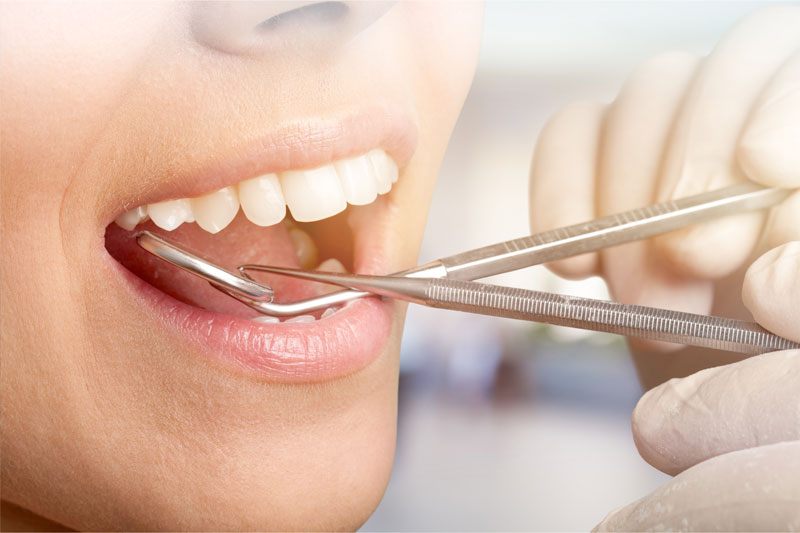If your teeth are worn or damaged, we may suggest repairing them with a dental restoration in Bowmanville. Several types are available, depending on the location of the tooth, the damage and your budget.
Our dentist in Courtice can help you select the right restoration to restore the tooth’s appearance, protect it and restore it to full function. Restorations that are typically used include those listed below.
Dental Fillings
These are the most common form of restoration and fill cavities affecting front and back teeth. Modern fillings are virtually invisible and are made from tooth-coloured composite resin. These can be used to mend small to medium-sized areas of damage or decay.
The material is hardwearing, durable, and biomimetic, so it works harmoniously with your real tooth. Dental fillings are placed chairside and are completed in a single visit to West Bowmanville Family Dental.
Inlays and Onlays
If you have a cavity in the chewing surface of a back tooth, we may suggest an inlay or onlay. These can be made from porcelain and are extremely strong while looking beautiful. An inlay or onlay is made outside your mouth, so we take a digital dental impression after preparing the cavity. This is used to precision-make your new restoration so it fits perfectly.
Dental Crowns
When a tooth is more severely damaged, or if it has had root canal therapy in Clarington, then we might suggest you have a dental crown. A crown covers the entire tooth, so none of the original tooth is visible. It is ideal for teeth with large cavities or those that are cracked or worn down.
We also use crowns to support a dental bridge.
Dental Bridge
A tooth-supported bridge replaces one or more missing teeth that were originally side by side. Each missing tooth is replaced by a false tooth called a pontic shaped to look and feel like a real tooth. Traditionally, the pontic is attached to crowns on either side. These crowns cover the teeth adjacent to the gap, called abutment teeth. The crowns are cemented onto the abutment teeth so the restoration remains securely in place.
Two other types of bridges can be used: cantilever or Maryland bridges. A cantilever bridge is used when the abutment teeth are missing on one side or are not strong enough to support the bridge. Instead, the bridge is ‘cantilevered’ off one side. A Maryland bridge replaces smaller front teeth, using wings made from metal or porcelain and cemented onto the inner surfaces of teeth so they are virtually invisible.
Both these bridges are used in specific circumstances, but if teeth are missing entirely or cannot support a conventional bridge, you might want to consider dental implants in Newcastle.
Dental Implants
Dental implants artificially replace an entire tooth using a small post surgically inserted into the jawbone, mimicking a natural tooth root. They are ideal for replacing single, multiple or entire arches of missing teeth.
Planning and placing dental implants is more complicated than other dental restorations and can take several months to complete fully, but the results are well worth the wait. One reason is that the implant post will protect the surrounding bone, preventing bone loss that naturally occurs after you lose teeth. Unlike a tooth-supported bridge, implants are self-supporting, so there is no need to cover potentially healthy teeth with dental crowns.
These are several of the most frequently used restorations, but others are available, such as porcelain veneers, to cover small chips, cracks, or worn areas and to improve the appearance of teeth cosmetically. Dental bonding using tooth-coloured composite resin can achieve a similar effect.


